Glass from C - E
C - Christmas tree decorations from Gablonz/Bohemia
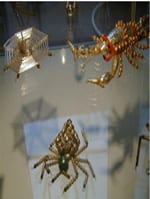
C for Christmas tree decorations from Gablonz in Bohemia has its origins in the bead and button industry.
The glass bead formations strung together on threads show spiders, sleighs, stars, zeppelins and other everyday objects and thus provide a reflection of society at the time.
C - Christmas tree decorations from Lauscha/Thuringia
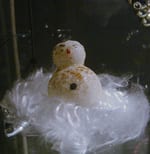
Around 1760/70, lampwork glassblowing was established in Lauscha in the Thuringian Forest. Glassblowers produced glass beads, glass animals, glass toys ("Thuringian knick-knacks") in cottage industries and from 1848 Christmas tree decorations for export.
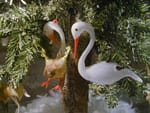
Thuringian glassblowers brought the silver-plating technique needed for the shine to Wertheim. There, the silver-plating or mirroring technique is used by the insulated vessel industry (Helios, alfi) to keep liquids warm or cold.

Since the 1950s, Christmas tree decorations have been produced in Thuringia in old and new forms, both in traditional home work and in industrial production.
There are still about 20 private companies in Lauscha today.
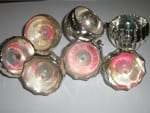
C - "Cristallo" glass / "Crystallines glass
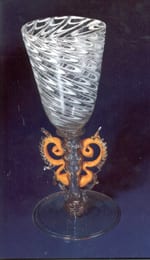
C for "cristallo" glass, so named by the Venetians because it resembled rock crystal so closely, is a decolorized, very thin glass of extreme elegance. It was first documented in Venice around 1400. cristallo" glasses include the famous "Venetian winged glasses" - like the original in the glass museum from the 17th century. Replicas of these elaborately produced winged glasses are made by our museum glassblower Ralf Marlok in front of the 1000 °C hot flame in the Wertheim Glass Museum.

"Crystallines glass" (crystal glass)
Advances in glass technology led to the development of Bohemian chalk glass (1683) and English lead crystal glass.
The new heavy crystal glasses with high light refraction replaced the Venetian "cristallo" glass in the 18th century at the latest - and with it Venice's pre-eminence.
C - Ceramic hob

C for CERAN glass ceramic cooktop panels are among SCHOTT's most successful products in recent decades:
In 2002, the 50 millionth cooking surface was produced.
Further glass under C:
"Crystalline Chalices" from Bohemia, Germany, England, France
D - thumb stein (under G - glass from the Spessart)

D for Daumenhumpen originated in Germany at the end of the 15th/beginning of the 16th century. The indented dents and surrounding glass threads of the steins, which could hold up to 4 litres, provided the necessary support when drinking and were an ideal drinking vessel for festive banquets.
D - Duran glass

Duran glass for industry:
D as in Duran glass tubes are used in Wertheim by the further processing glass industry for the production of laboratory glassware and distillation apparatus, among other things. The invention of DURAN© borosilicate glass in 1887/93 was the most important invention of Otto Schott (1851-1935). (according to SCHOTT information, 3/1984)
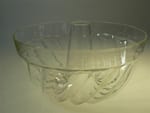
Duran glass for the household:
From 1931 to 1934, Wilhelm Wagenfeld (1900-1990) worked as artistic director for the Jena glassworks Schott & Gen.
He designed the fireproof household tableware made of Duran glass, which Schott marketed under the slogan "From the cooker to the table".
Further glass under D:
Didgeridoo, distillation tubes, distillation plant (by Normschliff Gerätebau, Wertheim)
E - Enamel glasses
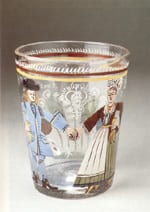
E for enamel glasses was already known in antiquity. At that time, Syrian glass painters decorated their glasses with colourful enamel paints.
First flowering in Europe: 1460-1530 in Venice, from 1550 to the 18th century in Germany.
Second flowering: around 1900 (historicism)

In Germany, the art of enamelling lasted a particularly long time - as the collection of the Glass Museum shows:
Imperial eagle and electoral steins with historical themes
Bar, passport and ribbon worm glasses for communal drinking, including those with playing card motifs
Tumblers with wedding couples, occupational groups, hunting scenes, landscapes, including the Ochsenkopf in the Fichtelgebirge, with biblical, mythological or allegorical themes
Bottles and carafes with coats of arms and portraits
E - Preserving jars

E such as preserving jars for boiling down, canning or as preserving jars are used for packaging, storing, preserving and transporting beverages, foodstuffs, cosmetic, chemical and pharmaceutical substances.
"Remember, stock up" (WECK)
Preserving is good because fruit and vegetables had to be preserved beyond the harvest season and fresh food was not always available in times of need and war.
More glass under E:
Angel hair, egg cup, aldermeyer flask